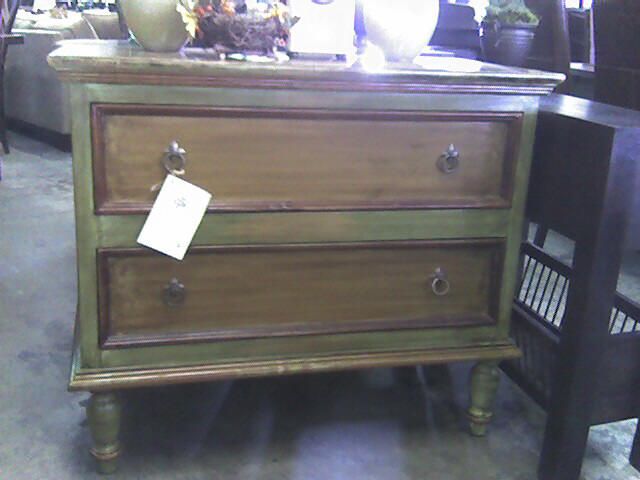Question
I have been asked to build a system of drawers to fit inside a vault that holds archival photographs for the local historical society. The vault is not huge, maybe the size of a stand-alone wardrobe. My concern is finding materials and/or finishes that would not off-gas anything that could adversely affect the photographs. I spoke with someone at Minwax technical help who thought going with water based acrylic finishes would suffice. Any thoughts? If I used plywood would the adhesive between the veneers be a concern even though they would be sealed under the surface finish?
Forum Responses
(Finishing Forum)
From contributor R:
I used to build display cases and safe liners for the storage of collector coins. I have done extensive research on the subject of out gassing from the materials. I have spoken to two2 museum curators and both suggested use only metals and glass for long term storage. Anything made from wood with a finish will off gas. Water based finishes will not be any better.
For the substrate, you can use Medite II, Medex, or apple plywood, among others. More than likely your local historical society uses some list of approved materials that they follow and you should check with them. Some of the work I do, like the Jimmy Carter Library and Museum, falls under the National Archives (NARA) and they have their own list of approved materials. I have to submit samples of the materials I use for Oddy testing before the work begins; they're very stringent.
